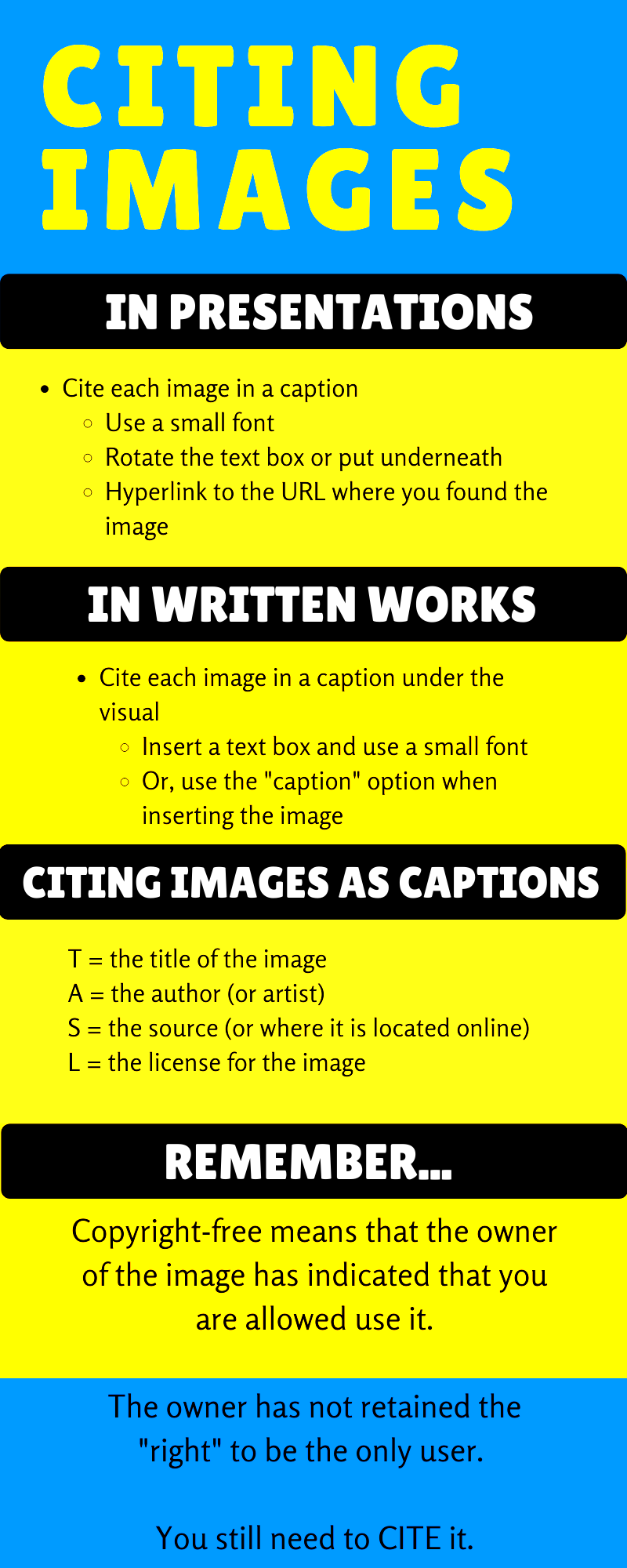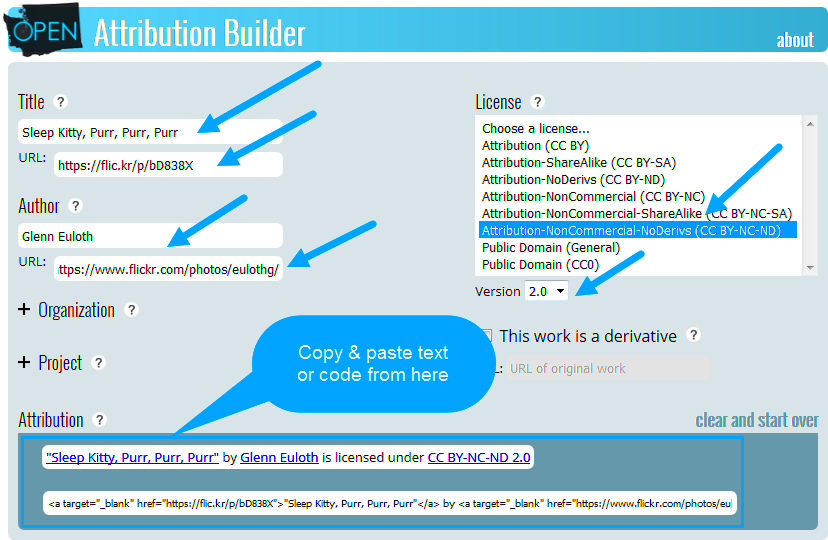While it may appear to be a matter, properly citing
Shutterstock images is essential for honoring the rights of creators and upholding the integrity of your own work. Whether you're penning an academic paper crafting a blog post or putting together a presentation giving credit to images demonstrates your respect for property and adherence to ethical norms.In this article we'll delve into the ways to accurately cite
Shutterstock images using different citation formats. It's not solely about adhering to guidelines; it's also about recognizing the dedication and ingenuity of photographers and designers who enrich our projects with their visuals.
Why Citing Images is Important

Picture this you pour your heart and soul into a piece of writing or a presentation and then you discover that one of your images has been used without giving credit. It’s infuriating isn’t it? For us creators safeguarding intellectual property is crucial. Giving credit to images isn’t merely a courtesy; it’s a means to show appreciation for the original creators and maintain the authenticity of your own work.Citing your sources properly helps you steer clear of problems with the law, plagiarism and shows appreciation for the work of others. It also ensures transparency regarding the origins of the visuals used in your project. By giving credit to the source you offer your audience the chance to discover more from the original creator, enriching your content. Keep in mind that a touch of acknowledgment can make a difference in creating a respectful and professional atmosphere.
Different Citation Styles

When it comes to giving credit to
Shutterstock images there isn't a method that works for everyone. Different areas of study and organizations have their own preferred citation formats each with its own guidelines. Here’s a brief overview to assist you in maneuvering through the citation styles that are commonly used.
- APA Style: Typically used in the social sciences. It requires the author’s name, publication date, title of the image, and a retrieval link.
- MLA Style: Popular in humanities. It focuses on the creator’s name, title of the image, title of the website, and publication date.
- Chicago Style: Common in history and some other disciplines. It involves providing the creator’s name, title of the image, and publication details, along with a full citation in the bibliography.
Every writing style comes with its unique intricacies, making it crucial to review the specific rules that apply to your project. Taking the time to understand these styles will help you maintain the precision and professionalism of your citations.
How to Cite Shutterstock Images in APA Format
When I began using APA format to cite images I found it somewhat intimidating. The American Psychological Association style has a method for recognizing sources that can seem a bit complicated initially. However there's no need to fret; once you become familiar with it it's rather simple.To properly cite an image from
Shutterstock in APA style you can follow this format Author Last Name Initials. (Year). Title of the image [Description].
Shutterstock. URL
- Author: Start with the creator’s name. If the image doesn’t have a specific photographer, use “Shutterstock” as the author.
- Date: Include the year the image was published. If the exact date isn’t available, use “n.d.” for “no date”.
- Title: Write the title of the image in italics. If the image doesn’t have a title, you can describe it briefly.
- Source: Provide the URL where the image can be found. Ensure it’s a direct link to the Shutterstock page.
Here’s an example:Author. (Year). Title of image [Description]. Shutterstock. URLFor instance:Shutterstock. (2023). A beautiful sunset over the mountains [Photograph]. Shutterstock. https://www.shutterstock.com/image-photo/beautiful-sunset-mountains-2023By adhering to these guidelines you make sure that each visual aspect of your creation is acknowledged appropriately showcasing your appreciation for the creators input.
How to Cite Shutterstock Images in MLA Format
If you are accustomed to different citation formats MLA style can come as a refreshing change. It is commonly utilized in fields and I have always found it relatively simple once you become familiar with it.
To reference an image from Shutterstock using MLA style adhere to these guidelines.- Creator: Begin with the creator’s name. If there’s no specific name available, use “Shutterstock” in place of the author.
- Title: Italicize the title of the image. If there’s no official title, describe the image briefly in place of the title.
- Website: Mention “Shutterstock” as the website name.
- Publication Date: Include the date when the image was published. If this isn’t available, use “n.d.” for “no date”.
- URL: Provide the full URL where the image is available.
Here’s how your citation should look:Creator’s Last Name, First Name. Title of Image. Shutterstock, Publication Date, URL.For example:Shutterstock. A stunning view of the city skyline. Shutterstock, 2023, https://www.shutterstock.com/image-photo/city-skyline-stunning-view-2023.Using MLA style guarantees that your references are accurate and in line with the conventions upheld in the field of humanities.
How to Cite Shutterstock Images in Chicago Style
Ive always found the Chicago Style of citations fascinating. Its meticulous nature in referencing sources adds a touch to academic writing. Frequently employed in fields like history it offers a thorough way to acknowledge sources though it may appear intricate at first glance.
To properly reference an image from Shutterstock using Chicago Style adhere to these steps.- Creator: List the creator’s name. If the creator is not specified, use “Shutterstock” as the author.
- Title: Italicize the title of the image. If there’s no title, provide a brief description.
- Website: State “Shutterstock” as the website.
- Date: Include the publication date of the image. If not available, use “n.d.”
- URL: Provide the direct URL to the image.
The citation should be formatted as follows:Creator’s Last Name, First Name. Title of Image. Shutterstock. Date of Publication. URL.Example:Shutterstock. Beautifully crafted wooden table. Shutterstock. 2023. https://www.shutterstock.com/image-photo/beautifully-crafted-wooden-table-2023.The meticulous nature of Chicago Style aids in upholding precision and transparency within your references, guaranteeing that each source is duly acknowledged.
Common Mistakes to Avoid
During my initial experiences with writing and referencing sources I stumbled upon quite a few blunders. It’s quite simple to make errors, particularly when you’re managing several responsibilities simultaneously. Here are a few common traps to be mindful of when giving credit to Shutterstock images:
- Omitting the Date: Always include the publication date if available. If you leave it out, your citation might seem incomplete. If the date isn't listed, use “n.d.” to indicate “no date”.
- Incorrect Formatting: Each citation style has its specific formatting rules. A small error, like missing italics or incorrect punctuation, can make your citation incorrect. Double-check the guidelines for APA, MLA, or Chicago style.
- Missing URL: Make sure to include the full URL where the image can be accessed. A broken or incomplete URL can make it difficult for readers to find the source.
- Not Using Proper Descriptions: If the image doesn’t have a title, provide a clear, concise description. Avoid vague descriptions like “image” or “photo”.
- Ignoring the Source: Always give credit to the source. If you use an image from Shutterstock, it’s crucial to mention Shutterstock as the website.
By being mindful of these aspects you can ensure that your references are precise and polished. Its these little nuances that showcase your commitment to honoring creators and upholding your own reputation.
Tools and Resources for Citing Images
When I first began referencing sources I was overwhelmed by a plethora of manuals and formats. However as time went on I stumbled upon some excellent tools that simplified the entire process. Here are a couple of resources that I highly recommend.
- Citation Generators: Tools like Cite This For Me and EasyBib can automatically format your citations in various styles. They’re a lifesaver for busy writers.
- Style Guides: Websites like the APA Style and MLA Style Center offer detailed guidelines and examples for citing images correctly.
- Shutterstock’s Help Center: Shutterstock provides guidelines for how to credit their images. It’s always a good idea to check their recommendations to ensure you’re meeting their requirements.
- Reference Management Tools: Software like Zotero and Mendeley can help you organize and generate citations, making your life a lot easier.
Utilizing these aids and materials can simplify the task of citing sources helping you save time and minimize mistakes. By embracing them you'll discover that referencing sources is a lot less burdensome.
Frequently Asked Questions
Throughout the years, I have come across numerous inquiries regarding how to properly credit Shutterstock visuals. Here are a few of the commonly asked questions along with my responses.
Do I need to cite an image if I’ve edited it?
- Yes, you should still cite the original source even if you’ve made changes. The credit should go to the original creator.
What if I can’t find the creator’s name?
- If the image doesn’t list a specific creator, use “Shutterstock” as the author. Always check Shutterstock’s guidelines for the best practice.
Can I use images from Shutterstock without citation?
- No, even if you’ve purchased an image, you must provide proper citation to comply with copyright and usage terms.
How do I handle images with no title?
- Provide a brief, descriptive title in place of the original. Ensure it accurately represents the content of the image.
Are citation styles different for online vs. print sources?
- Yes, there are differences. For online sources, including the URL is crucial. For print sources, you’ll focus more on publication details.
These frequently asked questions are here to help clarify things and make the citation process easier for you. Keep in mind that citing sources correctly is all about showing respect and being precise. If you ever feel unsure dont hesitate to ask for clarification.
Conclusion
While it may feel like a task to cite Shutterstock images correctly doing so is crucial for producing content that acknowledges the labor of others. Personally I've discovered that the diligence you invest in precise citation not upholds ethical principles but also elevates the quality of your work. By adhering to the rules for APA, MLA and Chicago formats and utilizing tools and resources judiciously you can steer clear of mistakes and guarantee that your citations are flawless.Keep in mind that proper citation is a nuance with a significant impact—both in demonstrating regard for creators and enhancing your own credibility.
 Picture this you pour your heart and soul into a piece of writing or a presentation and then you discover that one of your images has been used without giving credit. It’s infuriating isn’t it? For us creators safeguarding intellectual property is crucial. Giving credit to images isn’t merely a courtesy; it’s a means to show appreciation for the original creators and maintain the authenticity of your own work.Citing your sources properly helps you steer clear of problems with the law, plagiarism and shows appreciation for the work of others. It also ensures transparency regarding the origins of the visuals used in your project. By giving credit to the source you offer your audience the chance to discover more from the original creator, enriching your content. Keep in mind that a touch of acknowledgment can make a difference in creating a respectful and professional atmosphere.
Picture this you pour your heart and soul into a piece of writing or a presentation and then you discover that one of your images has been used without giving credit. It’s infuriating isn’t it? For us creators safeguarding intellectual property is crucial. Giving credit to images isn’t merely a courtesy; it’s a means to show appreciation for the original creators and maintain the authenticity of your own work.Citing your sources properly helps you steer clear of problems with the law, plagiarism and shows appreciation for the work of others. It also ensures transparency regarding the origins of the visuals used in your project. By giving credit to the source you offer your audience the chance to discover more from the original creator, enriching your content. Keep in mind that a touch of acknowledgment can make a difference in creating a respectful and professional atmosphere. When it comes to giving credit to Shutterstock images there isn't a method that works for everyone. Different areas of study and organizations have their own preferred citation formats each with its own guidelines. Here’s a brief overview to assist you in maneuvering through the citation styles that are commonly used.
When it comes to giving credit to Shutterstock images there isn't a method that works for everyone. Different areas of study and organizations have their own preferred citation formats each with its own guidelines. Here’s a brief overview to assist you in maneuvering through the citation styles that are commonly used.
 admin
admin








